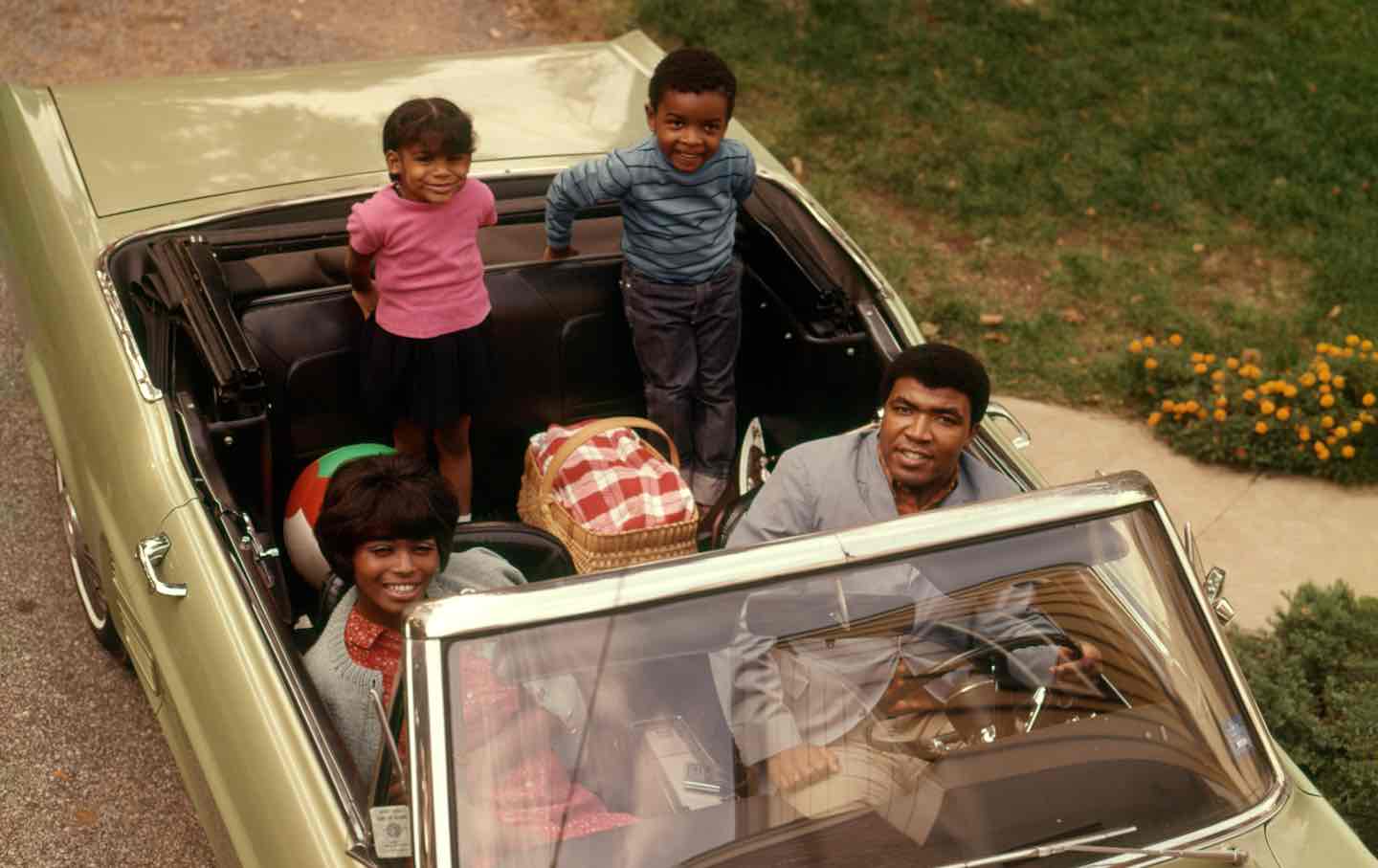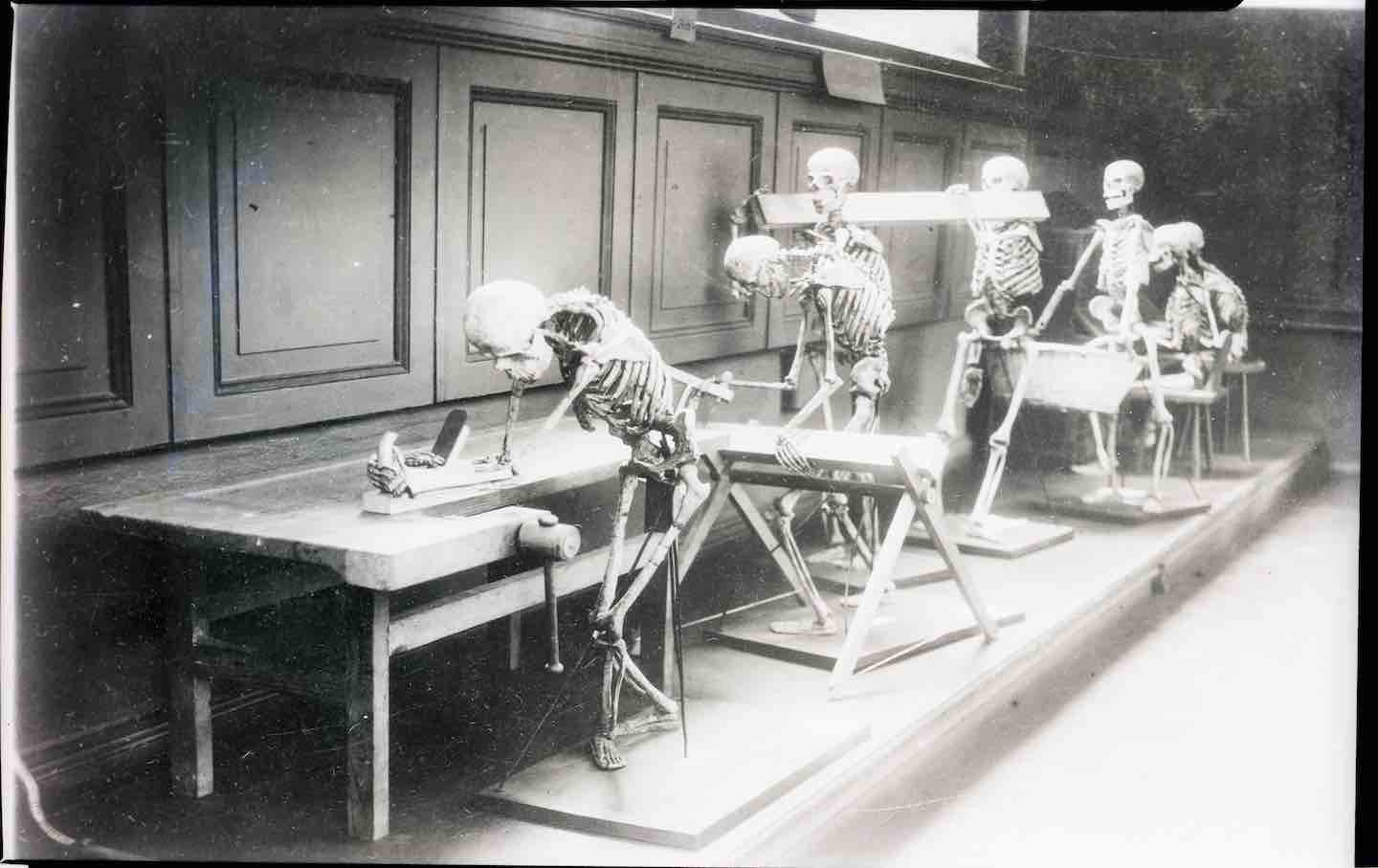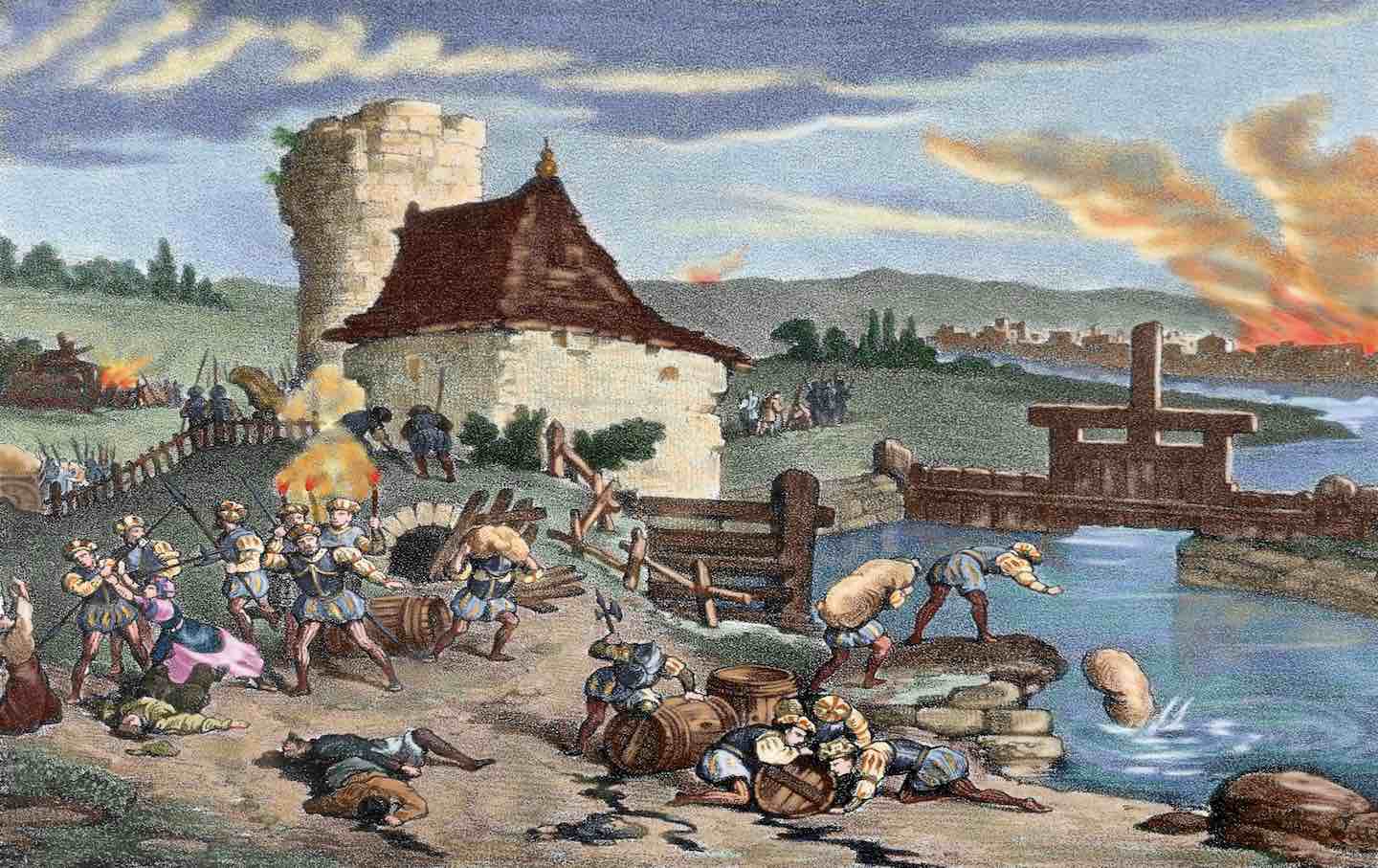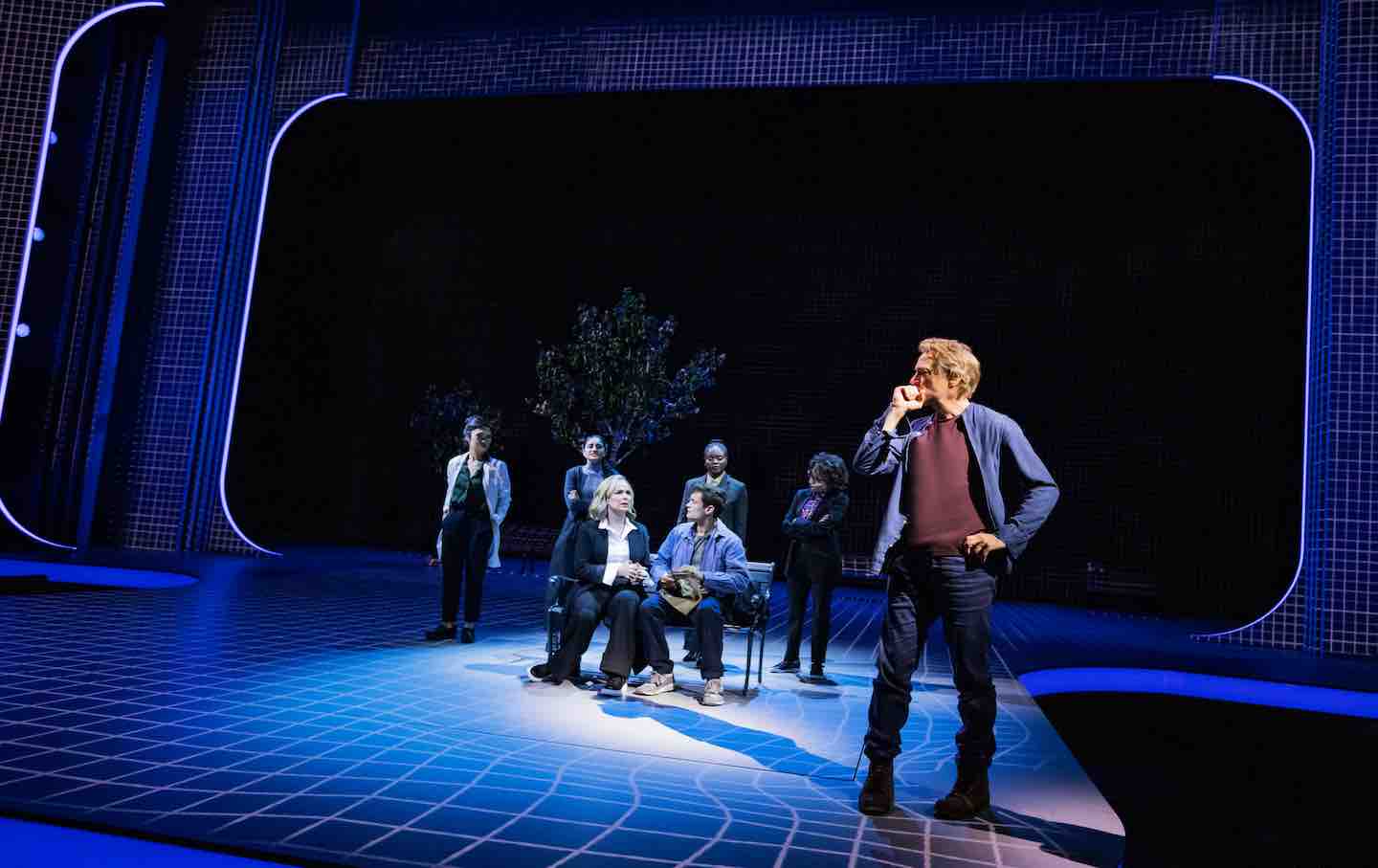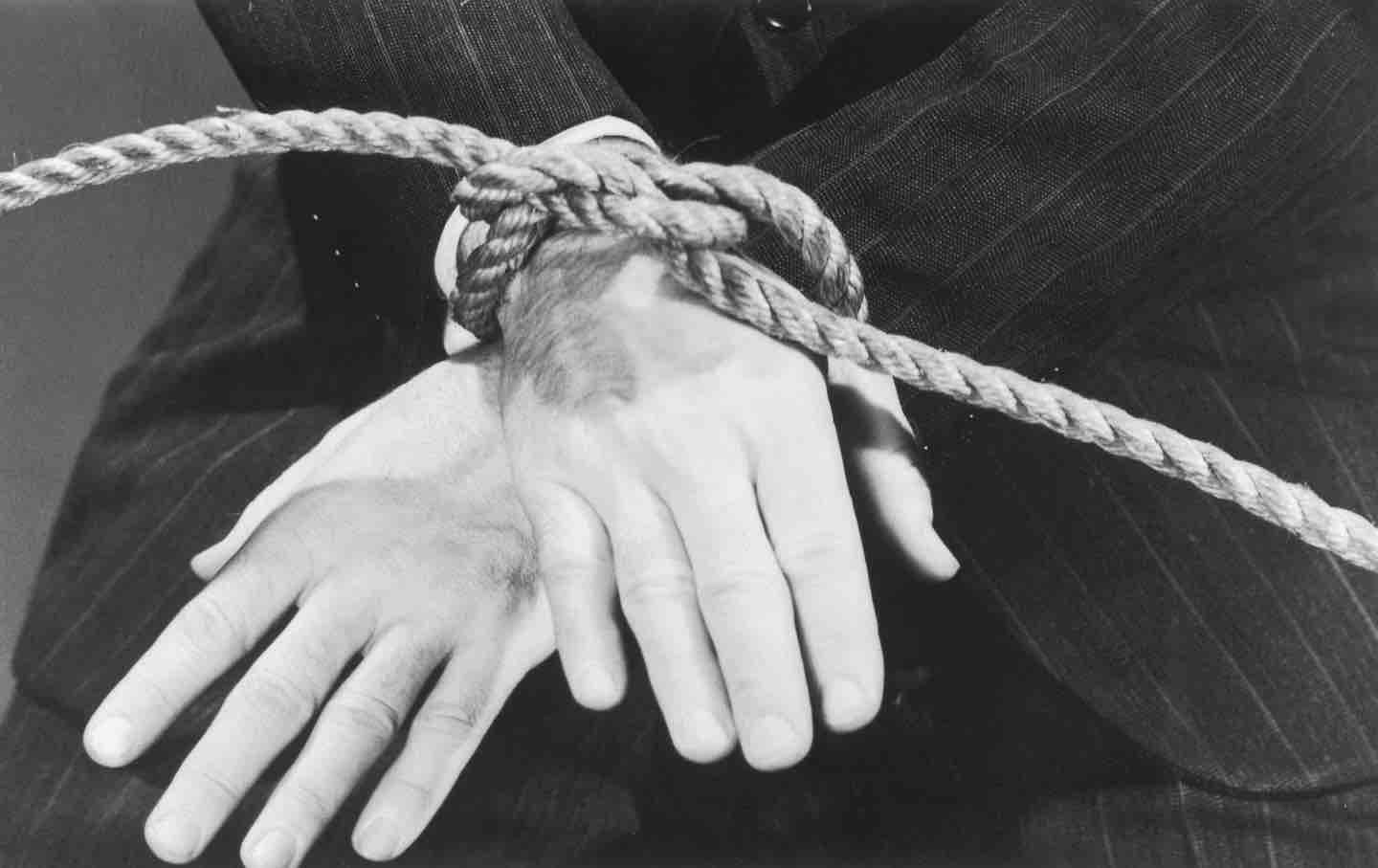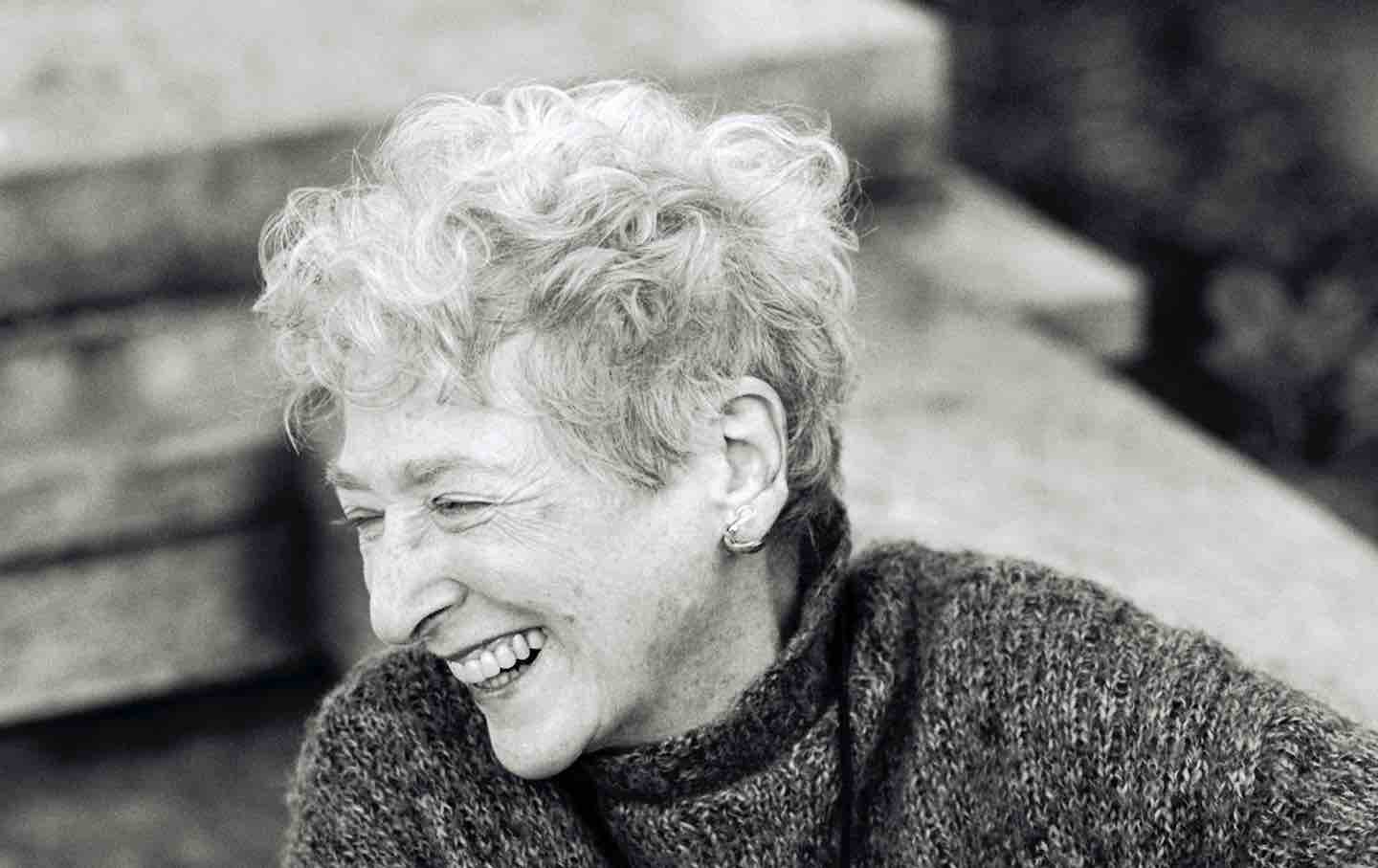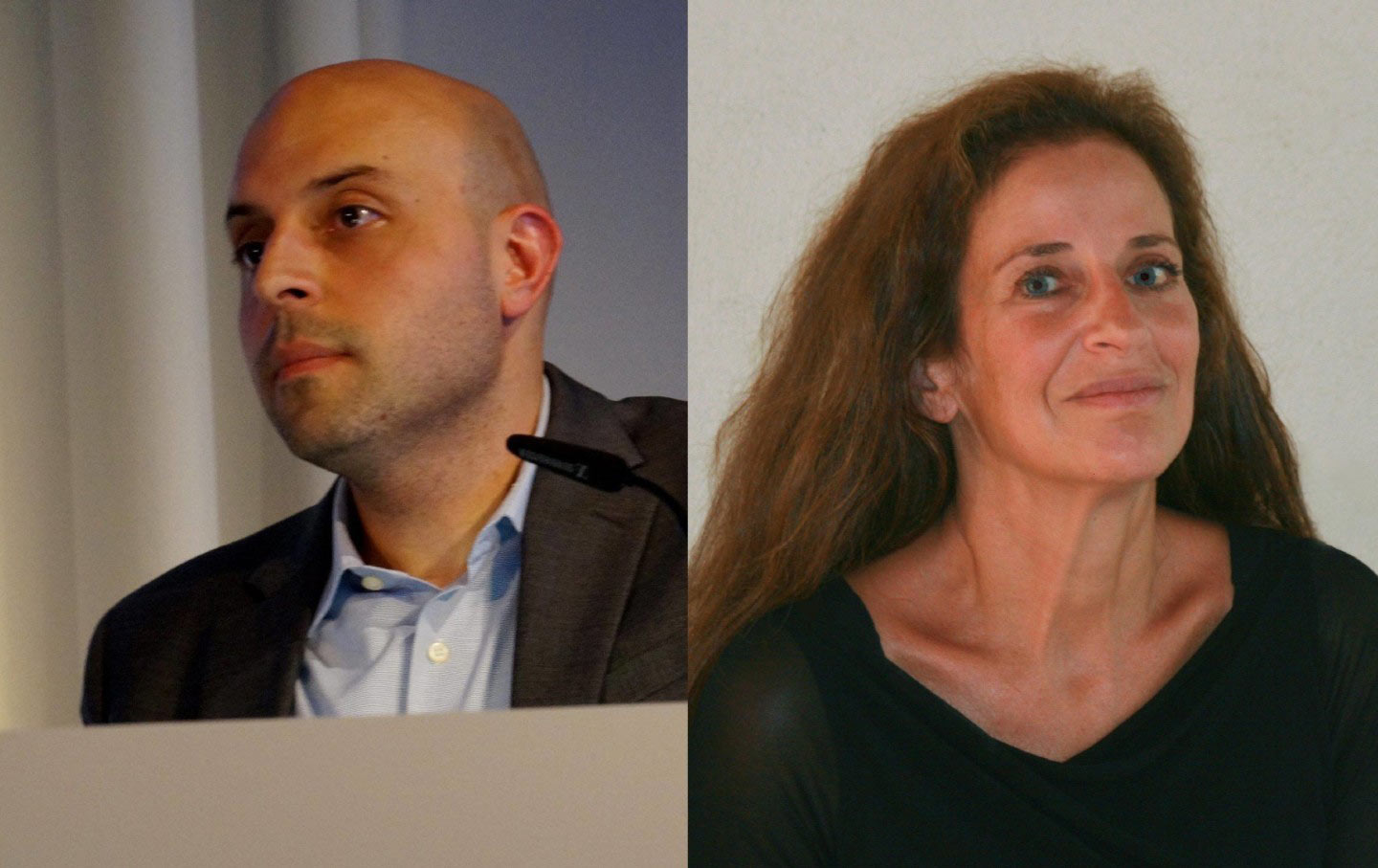
“Germany is repaying its post-Holocaust debts to Israel— but not to the Palestinians,” the conductor Daniel Barenboim wrote in 2017. “Europe, whose anti-Semitism led to the Holocaust, also has moral and historical obligations towards the Palestinians, who still suffer its consequences.” Sa’ed Atshan and Katharina Galor’s The Moral Triangle (2020) looks at the relationship between all three communities in Berlin—which is home to the largest Israeli and Palestinian diasporas in Europe. The book “shines in its impressionistic and fast-paced reportage style,” notes Anna E. Younes, a German Palestinian scholar. “Galor and Atshan tap into narratives of perpetrators and victims, trauma and its afterlives, responsibility and reconciliation, morality, and memory.”
Sa’ed Atshan is a Palestinian American Quaker LGBTQ human rights advocate, the author of Queer Palestine and the Empire of Critique, and associate professor of peace and conflict studies and anthropology at Swarthmore College. He grew up in the occupied West Bank. Katharina Galor is a German Israeli art historian and archaeologist specializing in the visual and material culture of Israel-Palestine and a Hirschfeld Senior Lecturer in Judaic Studies at Brown University. She grew up in Dusseldorf and is the author of three books, including Finding Jerusalem: Archaeology between Science and Ideology. Atshan and Galor spoke to me over Zoom about how they came to work together on the first book about these three communities and their historic and present-day interactions with one another.
—Linda Mannheim
Katharina Galor: Prior to working on this book, we had many different conversations about the Israeli-Palestinian conflict. We were both working on the conflict. We had both lived through wars, the occupation and the Intifada from obviously two different sides of the conflict. But we were very interested in each other’s work. And when I moved to Berlin and I discovered that there was this enormous Israeli community living in Berlin—and also an even larger Palestinian community—I thought this would be an occasion for us to work on perhaps a short paper together [which turned into this book]. I think the foundation of our friendship and our collaboration—our work together as scholars—was that Sa’ed was always very much able to relate to my pain of the Holocaust, my own family trauma. And I think also me being able to relate to the trauma of the Palestinians, the Nakba, his family’s suffering, and his own traumas as he was growing up under Israeli occupation. I think that was very much a foundation for working together and for becoming very close friends.
Linda Mannheim: Berlin is home to the largest Palestinian and Israeli communities in Europe, which I didn’t realize until I read your book. And there are big differences between the experiences of these communities.
Sa’ed Atshan: The Israeli population is at least 25,000. The Palestinian population is now close to 100,000. The Israeli community tends to be quite young, quite left-leaning, and many of them leave Israel for political reasons—because of their alienation from far-right politics in Israel that are now predominant in the government, as well as economic opportunities that Germany provides for Israelis. So there are many artists and intellectuals and activists who are drawn to Germany from Israel. Whereas Palestinians are predominantly from migrant and refugee backgrounds. Many of them come from communities in Lebanon. Many of them have had to face and continue to face systemic racism, discrimination, and alienation within German society. And many of the creative, intellectual, innovative, Palestinian Germans in Berlin feel silenced. They can’t express themselves within the mainstream German public discourse. They feel invisible in many ways, that their contributions to German society are not acknowledged. So there is a real profound asymmetry in the overall experience of Israelis and Palestinians in Berlin.
LM: And there’s a real difference in how they’re received as well, isn’t there?
KG: Yes. Most Israelis feel that they’re being received with open arms, and that there is a lot of eagerness to meet Jews and Israelis. And some of our interlocutors said, “Well, sometimes I really feel tired of Germans getting so excited about meeting a ‘real Jew.’” They would like to be recognized for who [they are] and not necessarily be pushed into this category. And many Israelis felt that much of this enthusiasm and warmth was defined by guilt and also a lack of knowledge of what is really happening in the Middle East.
LM: And many Germans think being Jewish is the same as being Israeli.
KG: Right. There is a flattening of who Jews are and who Israelis are. And it’s not without connection to the Israeli state narrative. I mean, when it’s convenient, Israel likes to be perceived as representing world Jewry. What is interesting, however, is that people often forget that Berlin is home to at least two groups of Jews.… There is the German Jewish community, where about 90 percent [are from the former Soviet Union]. Most of the time these groups don’t intersect—they live apart and they tend to have very different attitudes towards Judaism, their Jewish identity, and Israel.
LM: But two groups that do intersect in Berlin are Israelis and Palestinians. In Berlin, you wrote, they can “intersect socially and politically in an environment that transcends segregation and oppression” and do things they couldn’t do in Israel-Palestine.
KG: We found the Gorki Theater especially inspiring, with Israeli and Palestinian directors and actors/actresses, where some of the plays directly engage the topics we covered in our book. There are joint businesses—the restaurant Kanaan that is co-owned and run by a Palestinian and an Israeli. And of course, we have visited the Barenboim-Said Academy [where young Palestinian and Israeli musicians play together] numerous times. All of these spaces, even in the current times, persist and survive and will hopefully serve as a model to all of those who feel split and opposed to each other and find it difficult these days to find common ground.
SA: It was striking as we were doing this fieldwork research that this idea of “no-go zones” kept coming up… neighborhoods in Berlin that are no go zones for Jewish people. This was advanced by many white Christian Germans to stigmatize neighborhoods like Neukölln…where there are many people from Middle Eastern [backgrounds]. But many Jewish Israeli people live in those exact same neighborhoods. And not to say the conditions are perfect, but those neighborhoods were some of our favorite parts of Berlin. They’re beautiful and they’re dynamic and vibrant. Neighbors coexist in those neighborhoods. And then what came up in our interviews was that there are areas in Berlin that are no-go zones for many individuals of Muslim origin. For example, one of the women we interviewed who wears the hijab said there are parts of Berlin that she feels unsafe walking in with her children because of fear of being physically attacked. Now, this is not to say that Jewish individuals are not physically attacked or that other communities are not physically attacked. They are. But to discuss questions of safety and community with reference to only one demographic as victims and only one demographic as perpetrators is reductionist and is dehumanizing, and it erases the real complexity and nuance of what the realities are on the ground in Berlin.
KG: I mean, the tendency is to generalize and to say, well, it’s the Middle Easterners who are violent. And in response to what is happening in the Middle East, we see all those violent Hamas supporters. And. It’s true that there were some demonstrations in support of Hamas. And that’s very disturbing. But it is actually a minority that defends the actions of Hamas. And, in the media, those Palestinians who are quiet, who are against violence of all sorts are actually once again eclipsed.… There was a demonstration [in solidarity with Palestinians]. And I had a few friends who attended and one told me it was an absolutely amazing demonstration. There were many Israelis, there were many Palestinians, there were Jews, there were Muslims, there were Germans. [My friend] is of Indian origin and has no direct connection to Israelis or Palestinians. And she said she was so moved seeing Israelis and Palestinians hugging each other. And she was horrified when the next day she saw a headline in in B.Z. [a tabloid] that there were “Terror Sympathisanten” [terrorist sympathizers] at the demonstration.
LM: In terms of what people feel they can and can’t say in Germany—Germany’s law against “incitement to hatred” is most often used to counter Holocaust denial and the far right. It focuses on hatred “against a national, racial, religious group.” But because of Germany’s history of antisemitism, criticism of Israel can also be interpreted as violating this law. You’ve also noted “ethical policing” in social situations. Can you tell us about the people you talked to who felt they couldn’t voice their true feelings about the occupation?
SA: Conflating criticism of the state of Israel with antisemitism is very dangerous. It’s undeniable that antisemitism is on the rise globally, and that every person of conscience should contribute to challenging and ending this very harmful form of bigotry. But to associate any criticism of the Israeli state with antisemitism is often disingenuous and is often used as a tool in order to silence critical voices of Palestinians and others.
KG: One of the things that struck me is this German commitment to make sense of the Holocaust and to fix things through an intense commitment to Israel and to Jews. The irony is that many of the Israelis who live in Berlin are relatively left-wing and critical of the Israeli government. Those who are a little bit more committed politically…often report on how awkward it feels when Germans come and tell [Jewish Israelis]: “You’re wrong. You’re actually antisemitic according to German definitions.”
LM: In each group you interviewed, you found a difference between what people said privately and what they feel they can say publicly. You wrote [that] most “Israelis in Berlin [understand] that Israel wields disproportionate power as the occupying force against millions of Palestinian civilians. The majority of Palestinians privately recognize Jewish and Israeli suffering but fear that publicly acknowledging the Holocaust and Jewish victimization could be used to further silence Palestinians and grant moral legitimacy to Israel in its oppression of Palestinians.” And then later: “Most Germans who are critical of Israeli policies seemed willing to articulate such opinions privately and confidentially but would not entertain doing so publicly.” That means there actually is an understanding of one another’s traumas in each of these communities. Do you see a way for that to get turned into a more open and public conversation?
SA: Absolutely. Each group faces societal pressure from within their community to be silent and to demonstrate loyalty to the community publicly. There is also a huge gap between what individuals and civil society think and the way mainstream media and the political establishment in Germany project and control the narrative of past and present events related to the Israeli-Palestinian conflict.
KG: Theoretically we were very much inspired by [memory studies scholar] Michael Rothberg’s book Multidirectional Memory, which argues against “competitive memory.” Negotiation and cross-referencing, according to Rothberg, can create solidarity among different communities. We have spaces in Berlin where this kind of negotiation has led to solidarity that is unthinkable in Israel-Palestine, and we hope that this can serve as a model for more open and public conversations.
LM: You’ve also described Israeli artists and writers—for example, the playwright Yael Ronen—who have been able to create and do things in Berlin that they couldn’t do in Israel. Can you talk about the different things it’s possible to say in different places?
SA: There’s an Israeli law that criminalizes commemoration of the Nakba within Israeli public institutions. It’s surreal—some of the levels of denial that take place within the mainstream Israeli discourse. And so there are possibilities for Palestinians and Israelis like Yael to transcend those limitations in Berlin. But as I mentioned earlier, increasingly there’s more and more censorship and repression happening in Berlin as well. And there are some pockets in Israel where there’s actually more openness. And if we bring in the US to this whole equation my primary source of information often is Haaretz, the leading intellectual newspaper of Israel. There are arguments that are made by Haaretz journalists that are not possible to make in mainstream US media. So there are oftentimes taboos in one [country] on one issue, but not on others. It’s very complex.
LM: You met just days after the end of the Israel-Gaza war in 2014 and said that working together on this project has proved that, by overcoming the boundaries imposed on us, we can bridge these gaps. And I’m wondering what possibilities you see for bridging gaps as another Israel-Gaza war has begun—one that’s even more brutal than the first one.
SA: I think it’s important to acknowledge that what’s happening now in Gaza is absolutely heartbreaking. And there are no words to capture the depth of the horror that 2.3 million people are experiencing there right now. Experts are increasingly arguing that what’s unfolding is a genocide. It’s very difficult to process this from afar, let alone for Palestinians to have to experience this. So making space for that acknowledgement and grappling with that and urgently calling for and working towards a cease-fire is a major priority right now. That being said, it doesn’t change any of my political and spiritual and intellectual commitments that have always existed and that I know that Katy shares. And I think that simultaneously, we do need to hold on to hope, and we do need to hold on to a sense of a future horizon and an imagination for what can come next and maintaining that vision of coexistence and peace and justice and freedom for all Palestinians and Israelis.
We cannot back down
We now confront a second Trump presidency.
There’s not a moment to lose. We must harness our fears, our grief, and yes, our anger, to resist the dangerous policies Donald Trump will unleash on our country. We rededicate ourselves to our role as journalists and writers of principle and conscience.
Today, we also steel ourselves for the fight ahead. It will demand a fearless spirit, an informed mind, wise analysis, and humane resistance. We face the enactment of Project 2025, a far-right supreme court, political authoritarianism, increasing inequality and record homelessness, a looming climate crisis, and conflicts abroad. The Nation will expose and propose, nurture investigative reporting, and stand together as a community to keep hope and possibility alive. The Nation’s work will continue—as it has in good and not-so-good times—to develop alternative ideas and visions, to deepen our mission of truth-telling and deep reporting, and to further solidarity in a nation divided.
Armed with a remarkable 160 years of bold, independent journalism, our mandate today remains the same as when abolitionists first founded The Nation—to uphold the principles of democracy and freedom, serve as a beacon through the darkest days of resistance, and to envision and struggle for a brighter future.
The day is dark, the forces arrayed are tenacious, but as the late Nation editorial board member Toni Morrison wrote “No! This is precisely the time when artists go to work. There is no time for despair, no place for self-pity, no need for silence, no room for fear. We speak, we write, we do language. That is how civilizations heal.”
I urge you to stand with The Nation and donate today.
Onwards,
Katrina vanden Heuvel
Editorial Director and Publisher, The Nation

